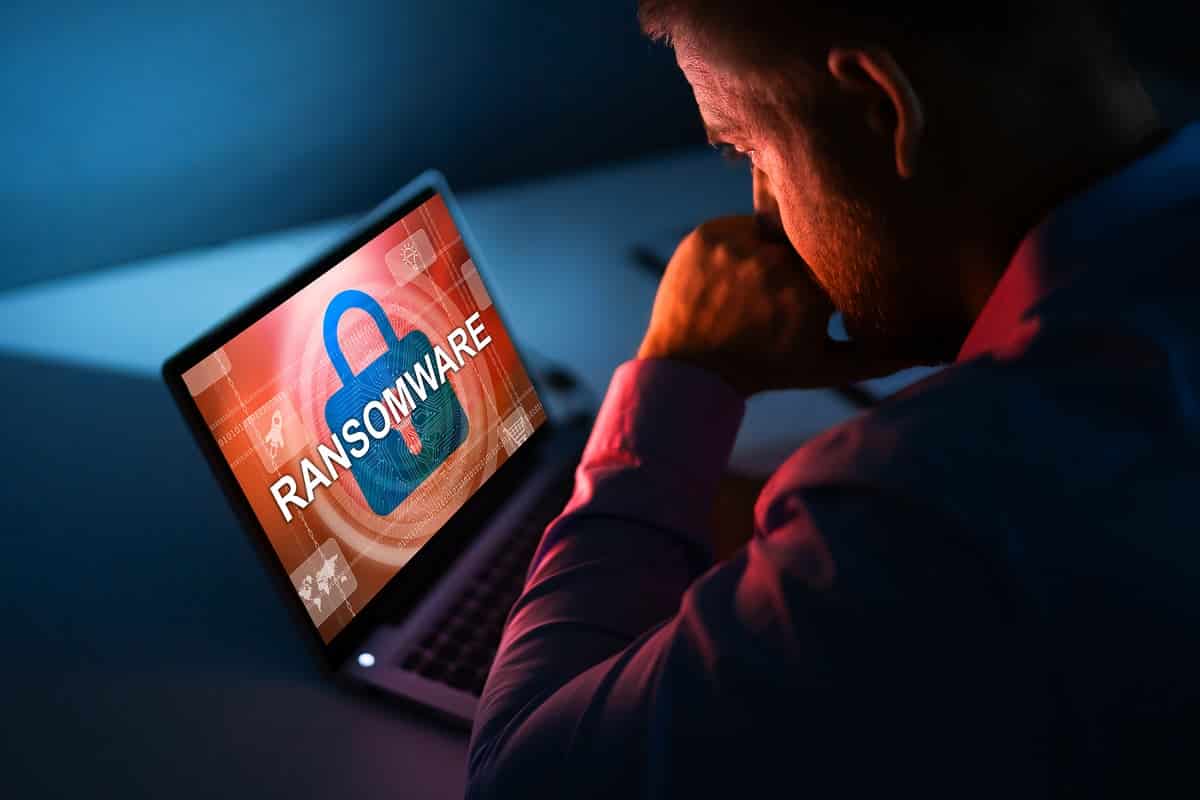
2021 was hardly underway, and already, ransomware was making headlines. As a result, you may have heard of ransomware attacks on large businesses and government institutions.
Being kept hostage until you pay up is a serious problem, but it’s also scary. Learn about ransomware’s variants, how it’s transmitted to your computer, and how you can protect yourself by reading on.
What is ransomware?
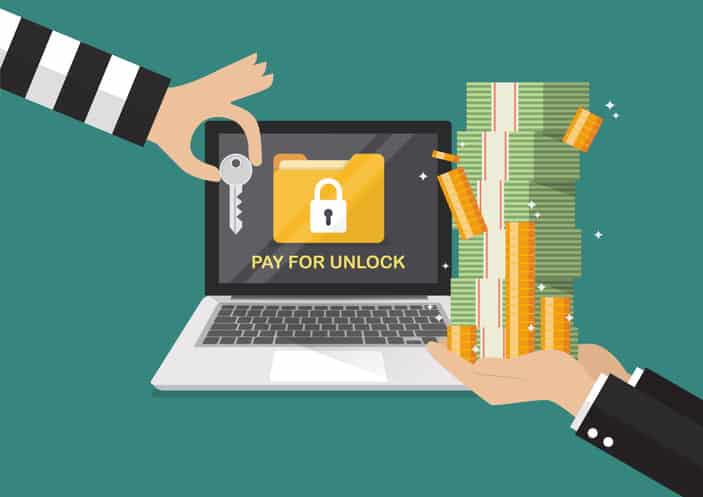
When users can’t access their computer or personal files, ransomware locks them out and demands a ransom.
Modern ransomware offenders require bitcoin or credit card payments, and they prey on individuals as well as large businesses.
How does ransomware work?
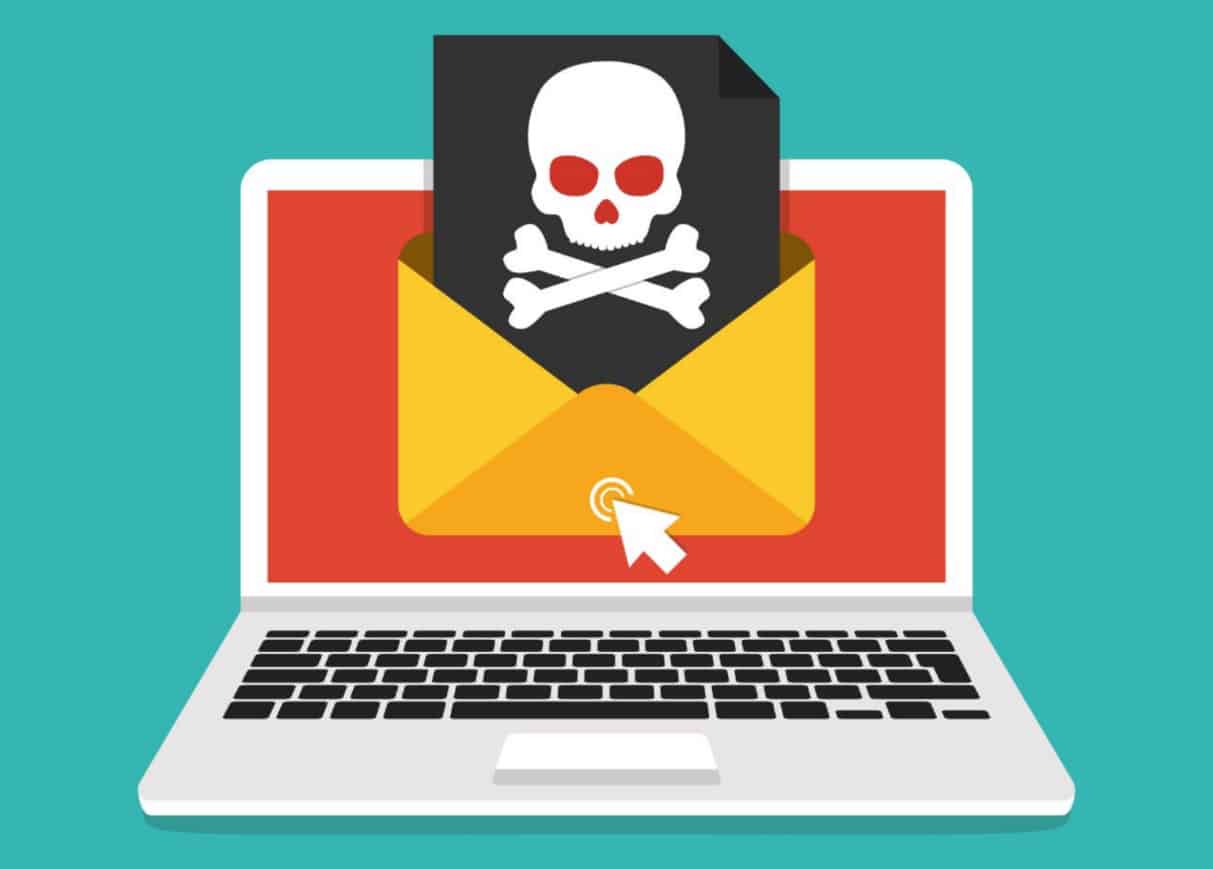
Ransomware may infect a computer in a variety of ways. For example, phishing spam involves sending victims attachments in an email that look to be files they should trust. Once they’ve been downloaded and opened, they take over the victim’s computer, especially if they’ve been designed in such a manner that they convince users to provide administrator access.
Ransomware like NotPetya takes use of security weaknesses to infect devices without the need to fool people.
Malvertising is a prevalent method of infection. Using online advertising to propagate malware with little to no user involvement is referred to as malvertising. Even on respectable sites, users might be directed to criminal servers without ever clicking on an ad. In addition to collecting information on the victims’ computers and their locations, these servers then select the virus that is most suited to transmitting it.
As soon as a virus has taken over a computer, it will encrypt all of the user’s files. When the hacker obtains control of a user’s data, he or she has the upper hand. As a result, users may only regain access after paying a ransom.
Another variant, known as leakware or doxware, involves the attacker threatening to leak sensitive information of the victim to the public unless a ransom is paid. However, encryption ransomware tends to be the most common since it can be the least tedious for attackers.
Who is a target?
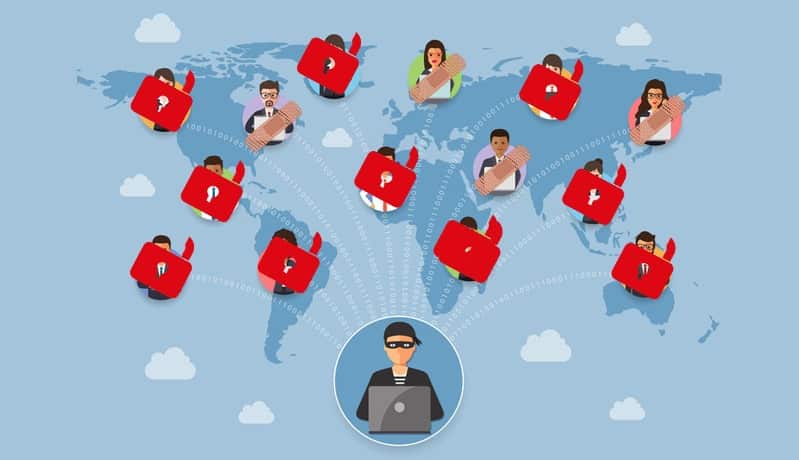
Enterprises of all sizes, from small to medium-sized businesses to huge multinationals, are susceptible to ransomware attacks. Across all industries, attacks are on the rise.
When it comes to picking their next victim, no target is off limits, as demonstrated by the phishing effort against the WHO. Firms with weaker controls and older IT systems should take extra precautions to protect themselves and sensitive data.
Germany and France are close behind when it comes to ransomware attacks. The majority of ransomware assaults affect Windows PCs, however, Macintosh and Linux have also been reported to be vulnerable.
Ransomware is now ubiquitous enough that most organizations can expect to be targeted at some time. It’s wise to prepare yourself and establish ways to minimize the consequences of ransomware, since that’s all you can truly do.
There’s also the fact that ransomware can infect anyone, even if you’re not an organization or business.
Thus far, the most common methods of infection include phishing emails, malicious email attachments, and visiting infected websites. However, new techniques have emerged in the last few years.
Cryptoworms have spread due to flaws in Microsoft’s Server Message Block (SMB) and Remote Desktop Protocol (RDP). Certain desktop apps, and even Microsoft Office (Microsoft’s Dynamic Data Exchange (DDE) have been used to infect computers.
How to avoid a ransomware attack
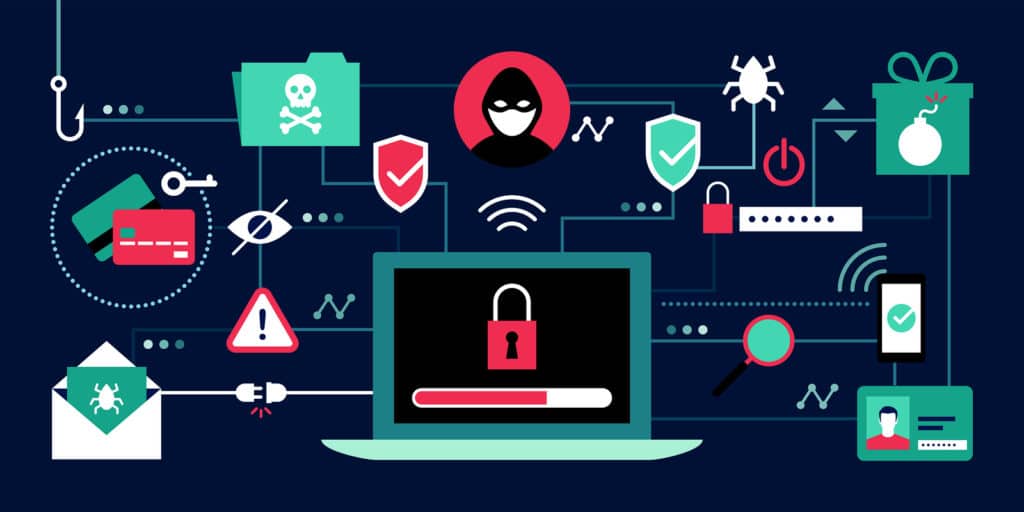
You can take a number of protective measures against ransomware:
- To ensure that you have fewer vulnerabilities to exploit, keep your operating system patched and updated. Make sure the software you are using is still supported – Windows 7 for example is no longer receiving updates
- If you don’t know what a certain software is or what it does, don’t install it or grant it administrative capabilities.
- Install antivirus software to detect harmful programs like ransomware as soon as they appear, as well as whitelisting software to prevent unauthorized programs from running.
- Make regular and automatic backups of your files! All vital files should also be isolated from local and open networks.
- In the Microsoft Office suite, disable macros. They’re known to be a common ransomware attack method.
- Do not open strange email attachments or click on unknown links, especially if they are included in unfamiliar emails.
- If you haven’t already done it, consider switching to a cloud server as they are regularly updated with the newest security patches and antivirus programs, lessening the chance of a ransomware attack.
A ransomware assault on your home or company may be devastating. To remove the infection and to restore the system’s functioning might take many hours.
Preventing ransomware attacks is clearly the best way to deal with them. You’ll also avoid losing critical operational time and crucial information by making sure your important data is stored up and out of reach from ransomware intruders.
In recent years, ransomware assaults have become more sophisticated, and the tactics have become more polished. This isn’t something we want to happen to you. It is possible to safeguard yourself and your family, as well as your business, with careful planning and strategic placement.





